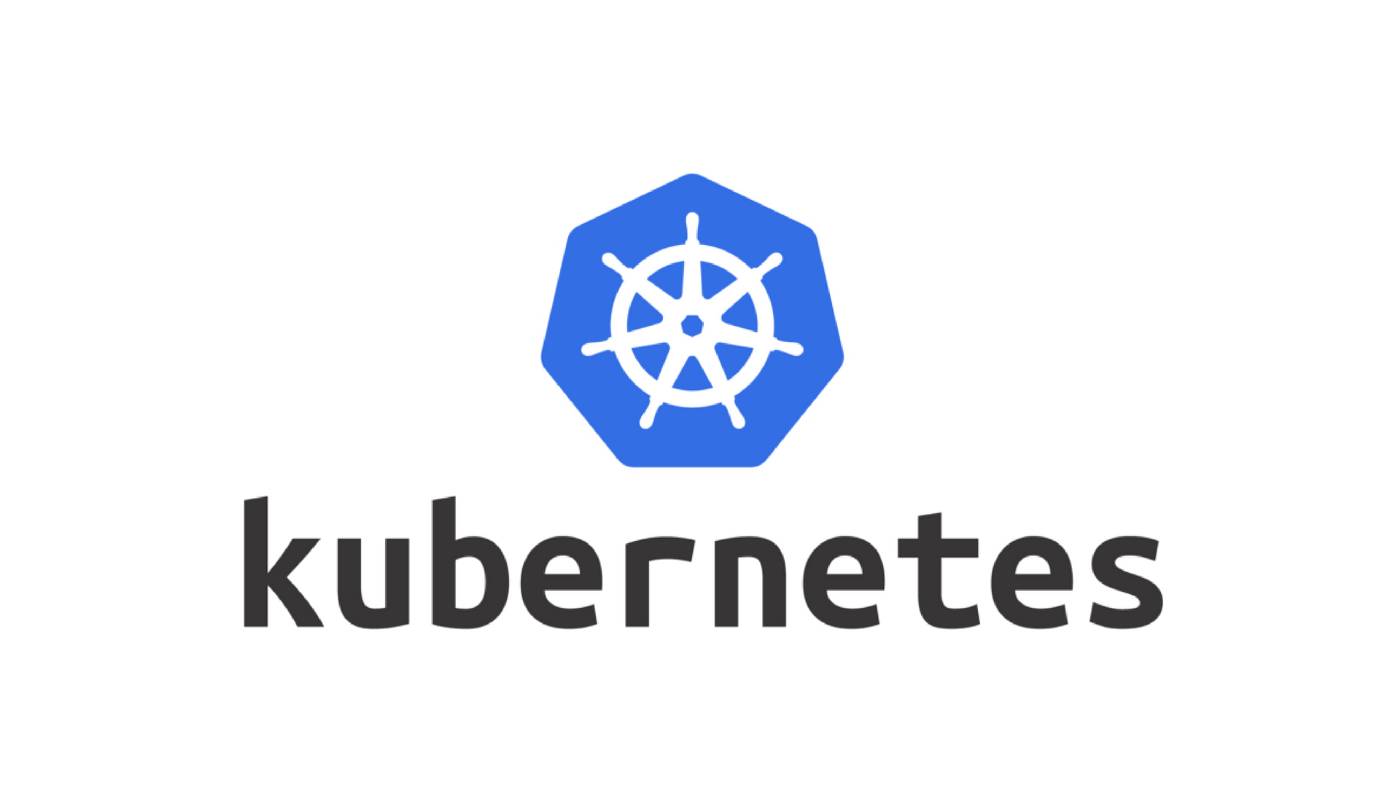This article will illustrate how to run a Kubernetes in mac M1 local, and learn how to use kubectl command to deploy a service. More detailed concept can reference Kubernetes documents
install minikube
Install minikube for M1 chip:
curl -LO https://storage.googleapis.com/minikube/releases/latest/minikube-darwin-arm64
sudo install minikube-darwin-arm64 /usr/local/bin/minikube
Start the minikube and specifies the driver as Docker:
minikube start --driver=docker --alsologtostderr
Checkout the minikube status: System
minikube status
Here we prepare a Kubernetes object:
pod.yaml
apiVersion: v1
kind: Service
metadata:
name: go-app-service
spec:
selector:
app: go-test
ports:
- protocol: "TCP"
port: 8080
targetPort: 8080
type: LoadBalancer
---
apiVersion: apps/v1
kind: Deployment
metadata:
name: go-test
spec:
selector:
matchLabels:
app: go-test
replicas: 4
template:
metadata:
labels:
app: go-test
spec:
containers:
- name: go-app
image: adon988/go-github-action-helloworld:latest
imagePullPolicy: Always
ports:
- containerPort: 8080
Apply the k8s to create the deployment.
kubectl create -f pod.yaml
Check the Pod status:
> kubectl get pods
NAME READY STATUS RESTARTS AGE
go-test-799f45cd65-947p6 1/1 Running 0 2m24s
go-test-799f45cd65-b8ql5 1/1 Running 0 2m24s
go-test-799f45cd65-btjmh 1/1 Running 0 2m24s
go-test-799f45cd65-r8n97 1/1 Running 0 2m24s
Port-forward
kubectl port-forward service/go-app-service 7080:8080
Checking the service status
> kubectl get services
NAME TYPE CLUSTER-IP EXTERNAL-IP PORT(S) AGE
go-app-service LoadBalancer 10.102.211.248 127.0.0.1 8080:31230/TCP 37m
kubernetes ClusterIP 10.96.0.1 <none> 443/TCP 6h14m
Open browser and access http://localhost:7080
reset the number of the replicas in deployment yaml and renew
Update the deployment replicas to 2, and save the file.
nginx.yaml
...
spec:
replicas: 2
...
Next, re-execute the apply command will update deployment settings:
kubectl apply -f nginx.yaml
check pods
> kubectl get pods
NAME READY STATUS RESTARTS AGE
nginx-deployment-9456bbbf9-d5h5n 1/1 Running 0 24m
nginx-deployment-9456bbbf9-l8kqt 1/1 Running 0 24m
update container image version and update deployment
Update deployment image version settings from latest to v0.1
spec:
containers:
- name: go-app
image: adon988/go-github-action-helloworld:v0.1
Next, re-execute the apply command will update deployment settings:
kubectl apply -f pod.yaml
Finally, you can see the deployment are updated image with “zero downtime”, and pod status on container creating:
> keubectl get pod
NAME READY STATUS RESTARTS AGE
go-test-68669b9989-796xj 0/1 ContainerCreating 0 1s
go-test-68669b9989-9hntz 1/1 Running 0 10s
go-test-799f45cd65-btjmh 1/1 Running 0 6m27s
Description scaling policy for the pods
kubectl autoscale deployment.apps/go-test --min=2 --max=5 --cpu-percent=80
Rollup to the previous version
We can rollback to the previous version,
Rollout command:
(go-test is deployment name)
kubectl rollout undo deploy go-test
Checking the rollout status:
> kubectl get pods
NAME READY STATUS RESTARTS AGE
go-test-799f45cd65-n2qqn 1/1 Running 0 28s
go-test-799f45cd65-rl7hk 1/1 Running 0 33s
troubleshoot
How to re-install minikube
If your mac already installs the Minikube and does not work, please remove it first, and reinstall again.
minikube stop
minikube delete
rm -rf ~/.minikube/
Kubernetes external-IP still pending
Why still show <Pending> when exposing deployment?
kubectl expose deployment hello-world --type=LoadBalancer --name=my-service
If you are using minikube, you should start minikube tunnel that can solve this problem.
Execute the following command to start minikube tunnel:
minikube tunnel
Now, try to get service will get the external IP:
> kubectl get services
NAME TYPE CLUSTER-IP EXTERNAL-IP PORT(S) AGE
go-app-service LoadBalancer 10.102.211.248 127.0.0.1 8080:31230/TCP 20m
kubernetes ClusterIP 10.96.0.1 <none> 443/TCP 5h57m
